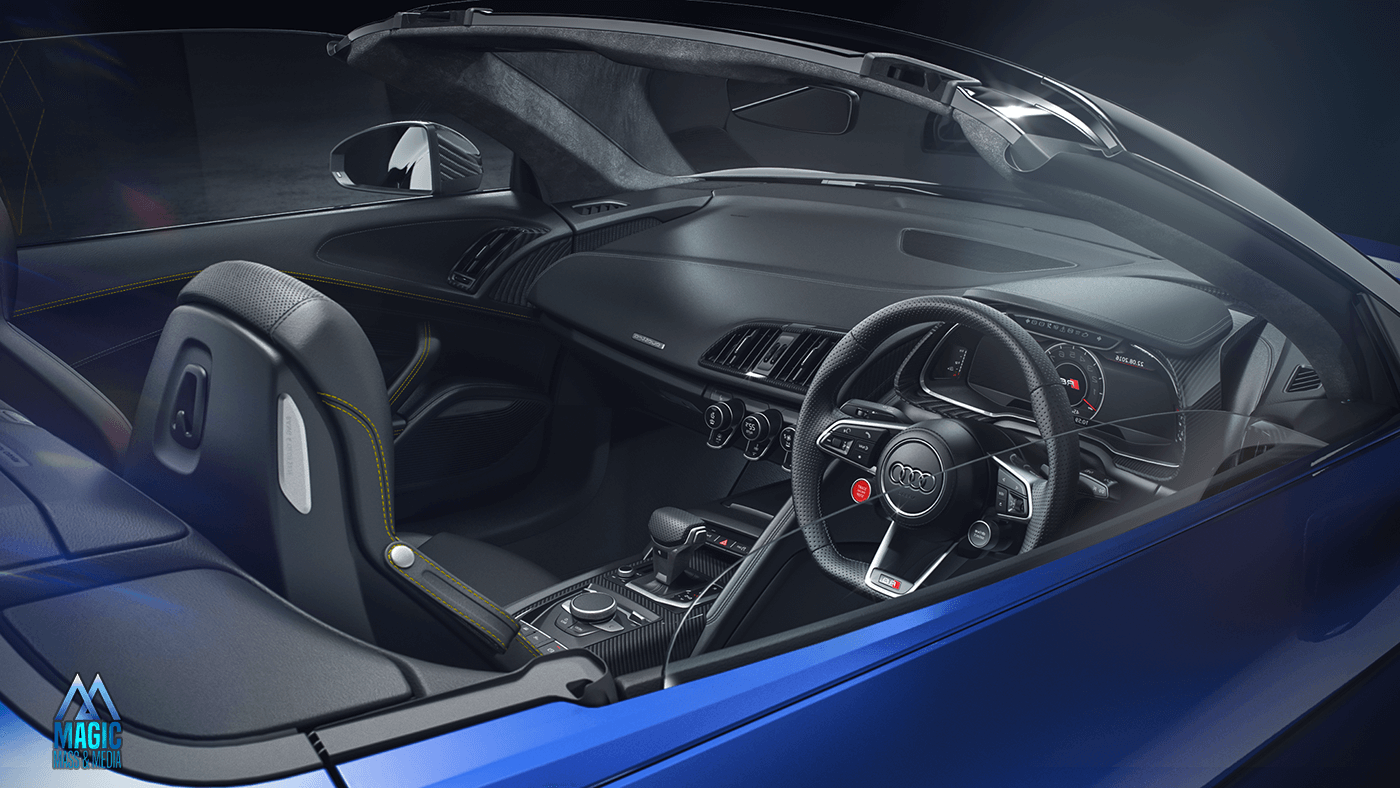How "10 Tips for Creating Realistic 3D Character Designs" can Save You Time, Stress, and Money.

The progression of 3D personality design has happen a lengthy way since the early times of pc graphics. Over the years, techniques have evolved to create extra realistic and lively characters in video games, movies, and other types of electronic media. In this article, we will definitely check out the history of 3D character layout approaches and how they have transformed over time.
The Beginning: Polygonal Modeling
The very first step towards creating 3D personalities was polygonal modeling. It entailed making a 3D net made up of polygons that might be manipulated to make various shapes and kinds. This strategy was used in very early video activities like Pac-Man and Donkey Kong.
Nonetheless, polygonal choices in possessed its limitations. Personalities developed making use of this method had flat surfaces that was without texture and information. They likewise had limited motion abilities.
Texturing: Including Realism to Characters
To help make characters even more realistic, appearance was introduced as a method for including shade and structure to the areas of 3D designs. This enabled developers to produce even more detailed personalities along with reasonable skin layer hues, hair different colors, and apparel structures.
Structure likewise enabled artists to include depth and detail through utilizing bump charts or usual maps that substitute area particulars like wrinkles or ranges on reptilian creatures.
Rigging: Producing Movement in Characters
While textured models looked terrific on monitor or paper, they were still stationary items without any activity capacities. That's where gear came into play.
Gear entails incorporating bone tissues or junctions inside a style which enables animators to maneuver it like a doll on strings. Along with gear happens the ability for personalities to move their limbs reasonably when functioning or leaping; face articulations can easily be animated too along with simplicity.
Skeletal Animation: Carrying Life-like Activity
Skeletal animation is another technique that changed the world of 3D character style through making it possible for animators to produce natural-looking movements without having to by hand stimulate each structure one at a time.
Using skeletal animation, animators may generate believable activities by specifying a skeleton for the personality and at that point moving it about. This technique allows for additional liquid motion, specifically when making complicated activities like working or jumping.
Motion Capture: Taking Fact to Animation
Activity squeeze is another technique that has transformed the world of 3D character concept. It involves grabbing real-life movements of stars and transferring them onto electronic personalities using specialized software.
Along with medical animation companies , animators can easily make reasonable activity in characters along with minimal initiative. Actors use specialized satisfies or markers that are tracked through video cameras which document their activities. These movements are at that point moved onto a 3D design in software, providing it natural activity.
Real-Time Rendering: Making Interactive Characters
Real-time rendering is a strategy used to provide 3D designs with high-quality graphics in real-time. This approach makes it possible to make involved personalities in video video games or online reality environments.
Real-time rendering has grew over opportunity along with the intro of brand-new modern technologies like ray indication and worldwide illumination. These developments have made it feasible to provide sophisticated illumination impacts in real-time, producing electronic settings look even more reasonable than ever in the past.

Final thought
In verdict, the advancement of 3D character layout procedures has happen a lengthy method since its early days of polygonal modeling. Coming from texturing and rigging to skeletal computer animation and activity capture, each improvement has brought us better to creating true to life personalities that behave genuinely on screen or paper.
With new technologies emerging every day, we may anticipate even even more thrilling advancements in the area of 3D personality style in the close to future. The possibilities are endless!
